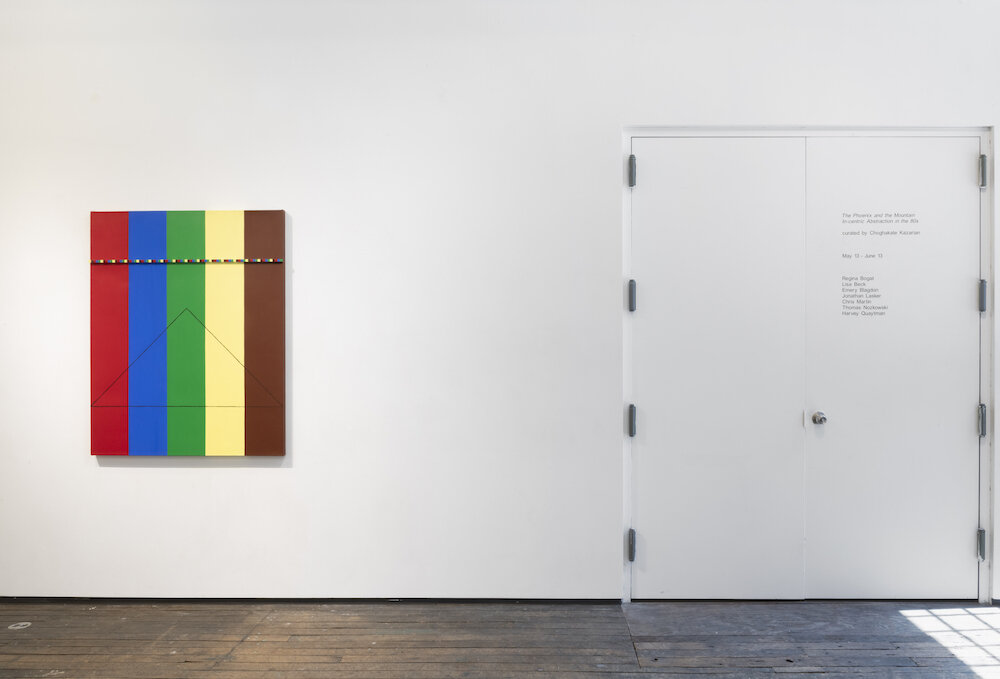
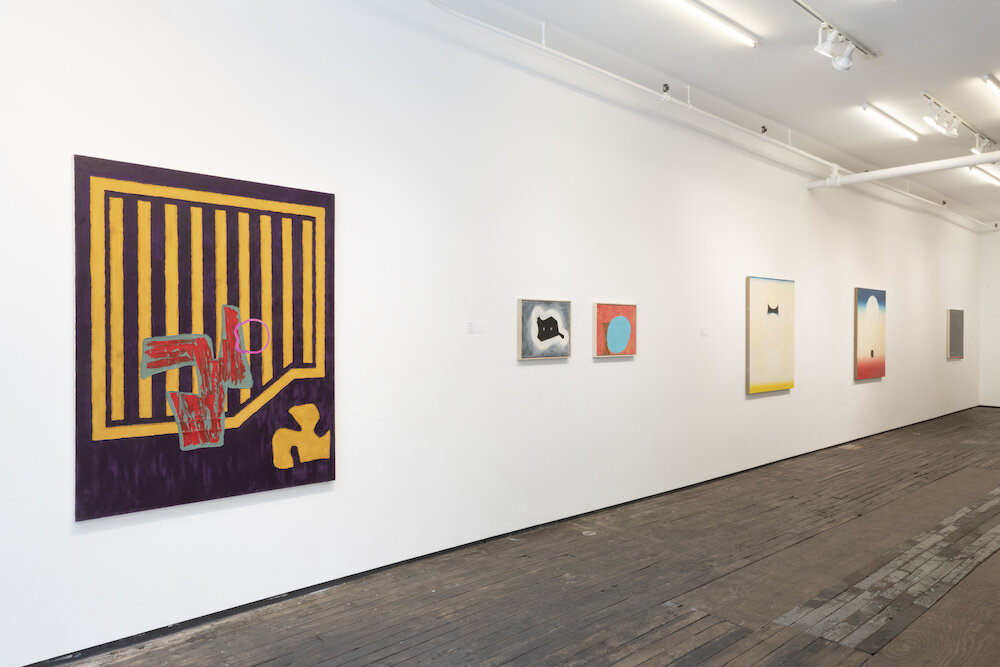
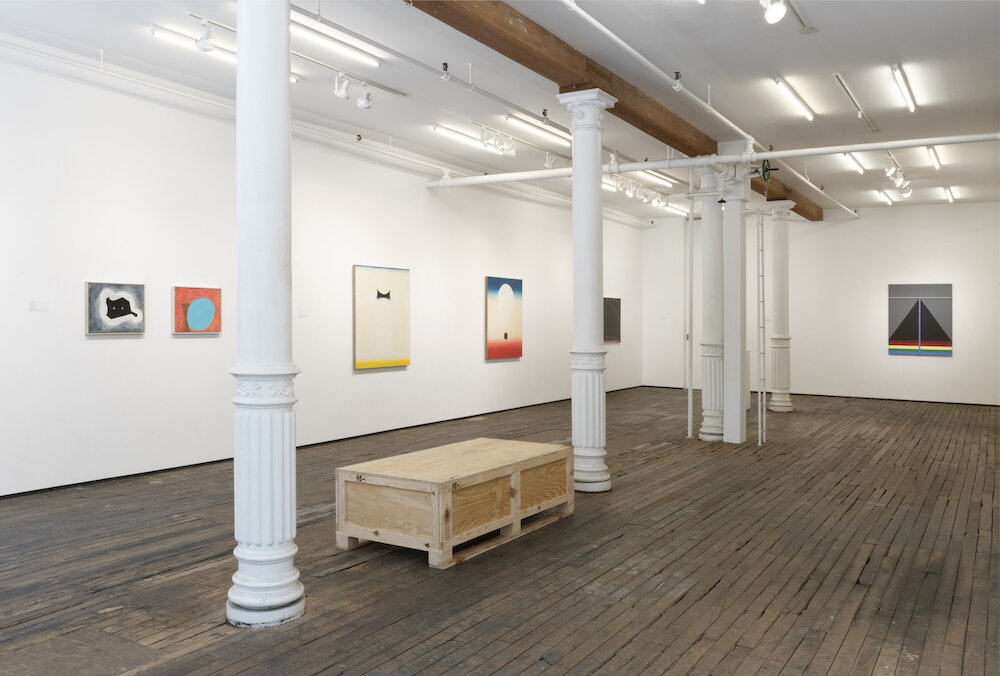
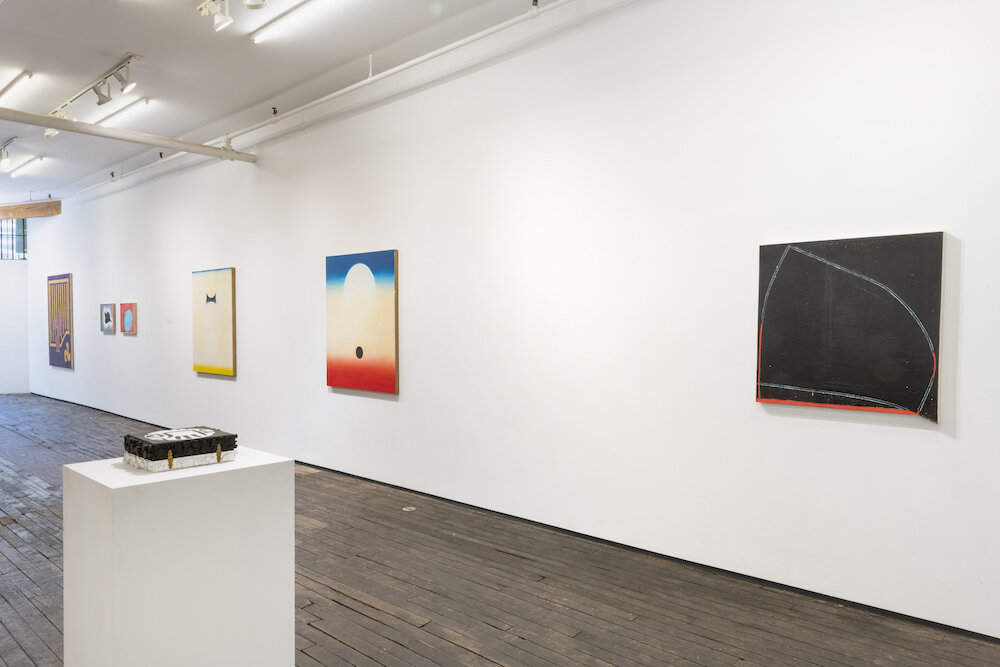
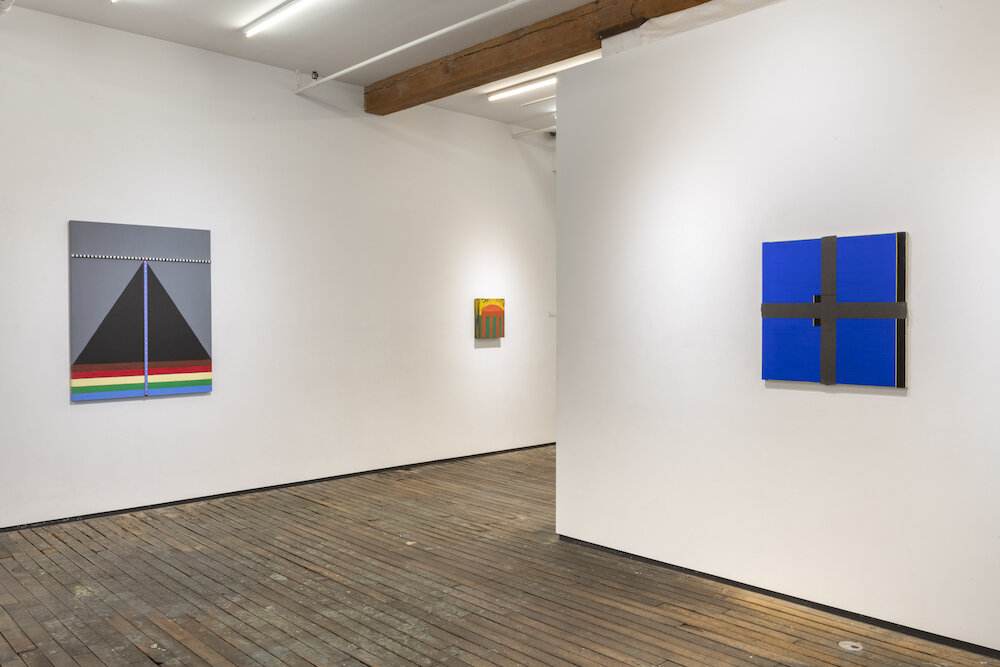
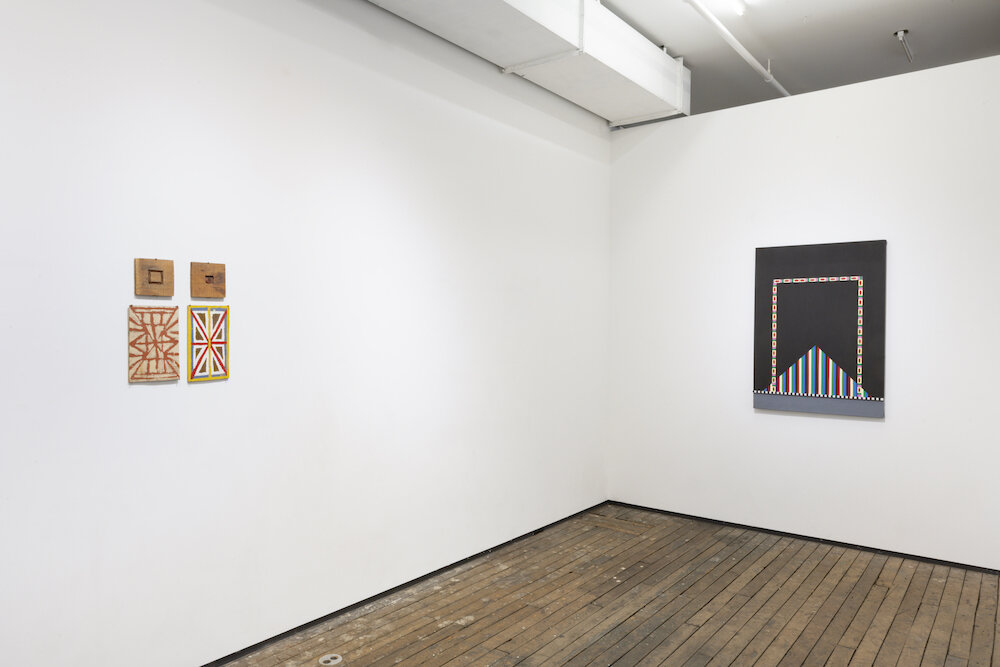
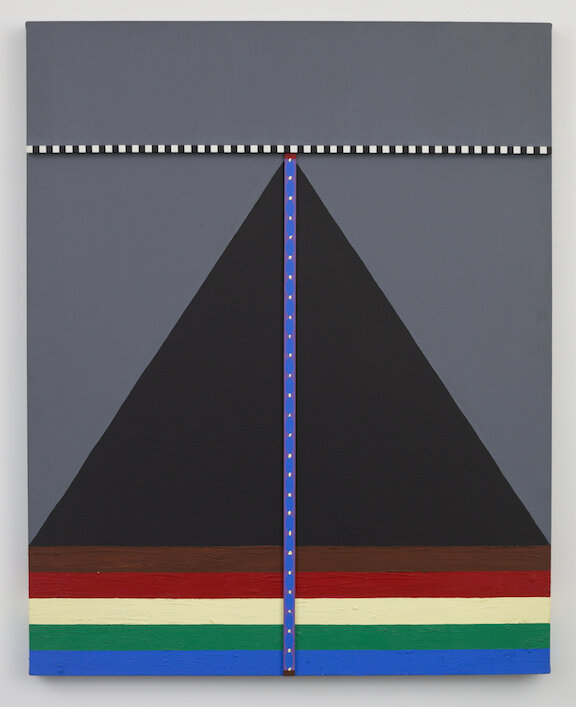
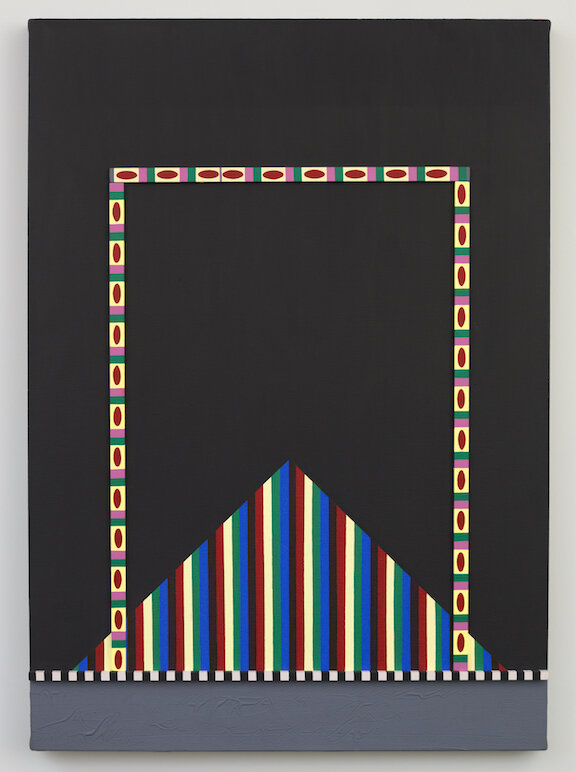
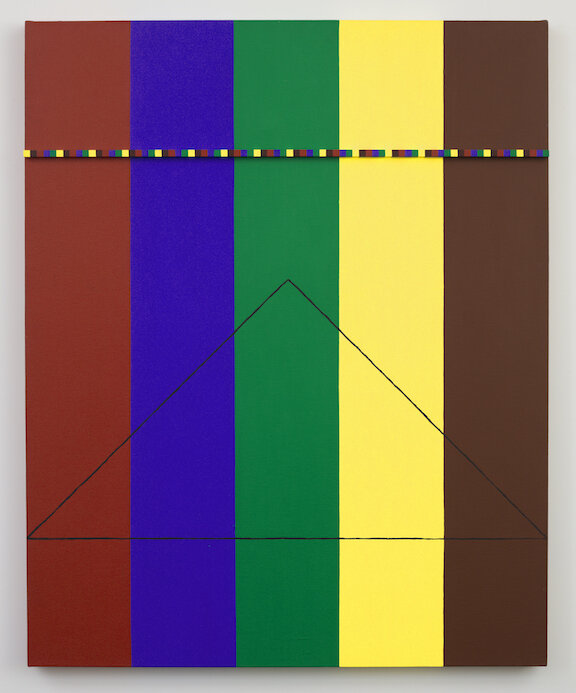
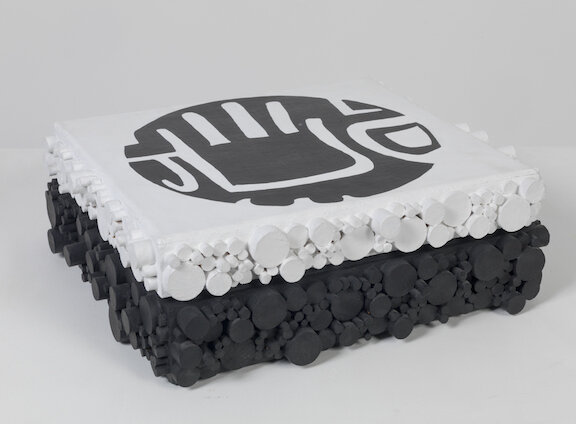
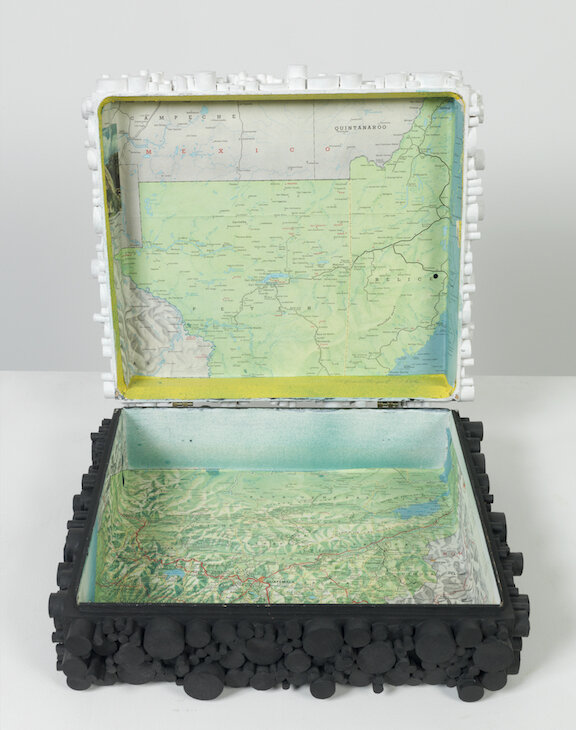
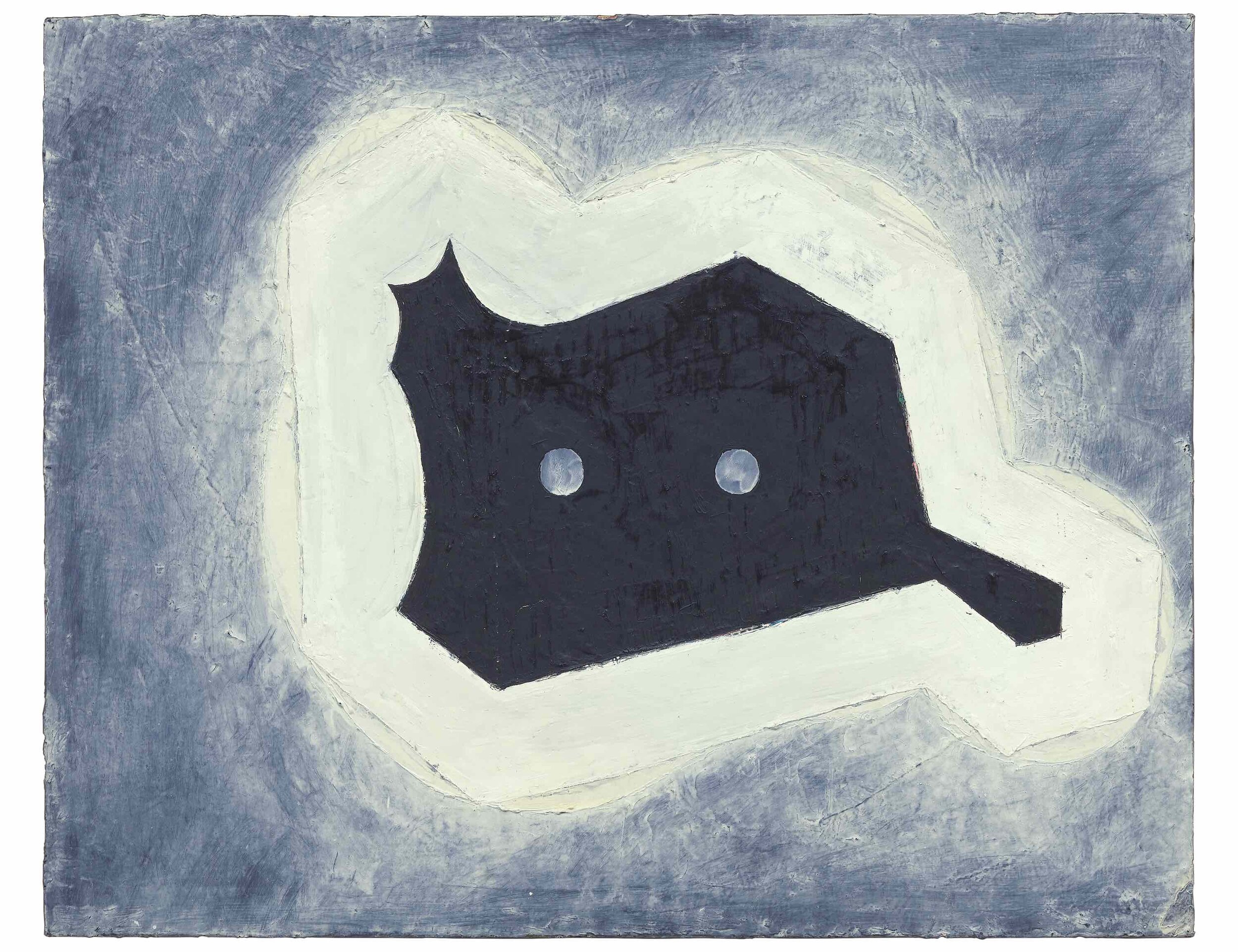


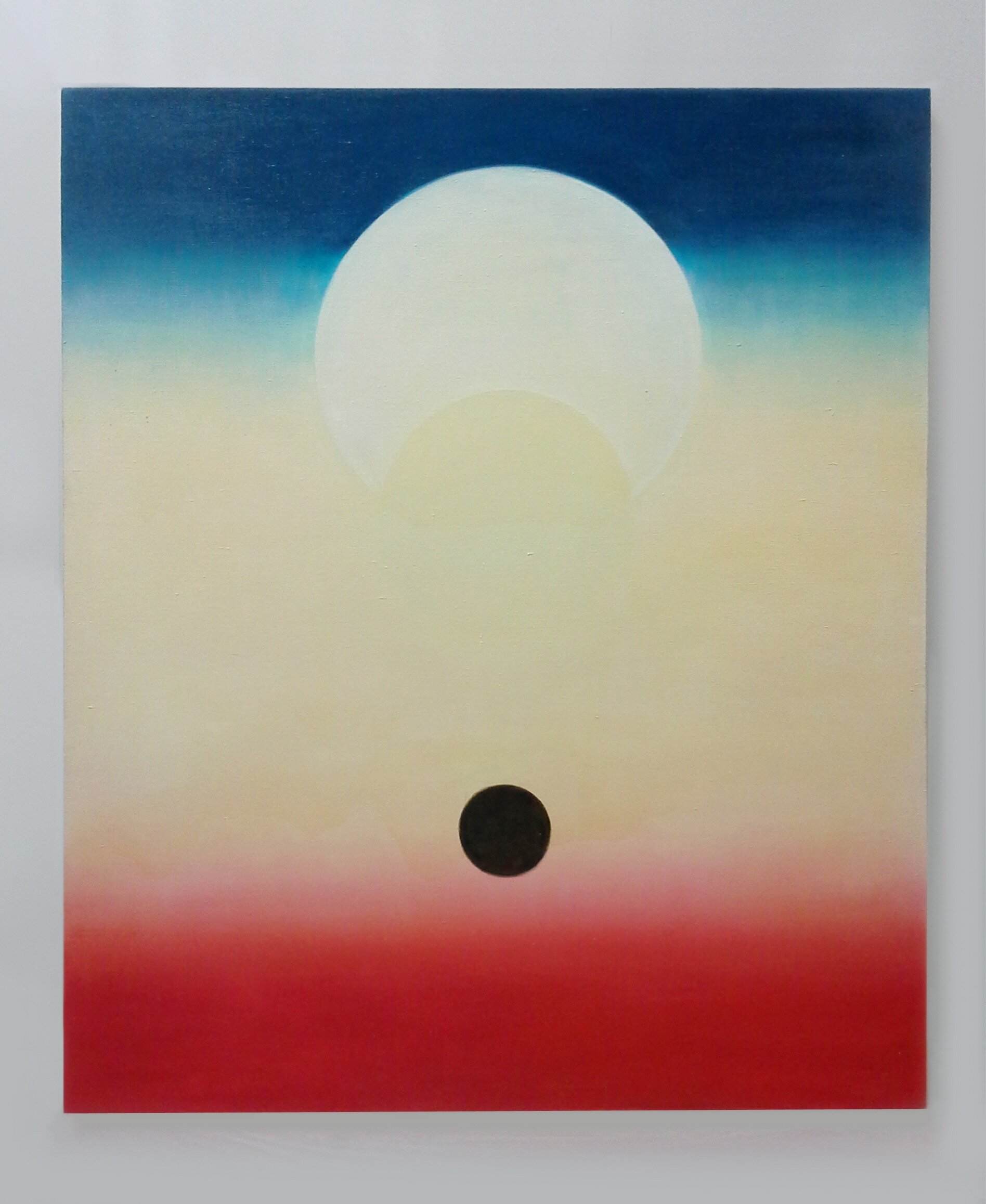
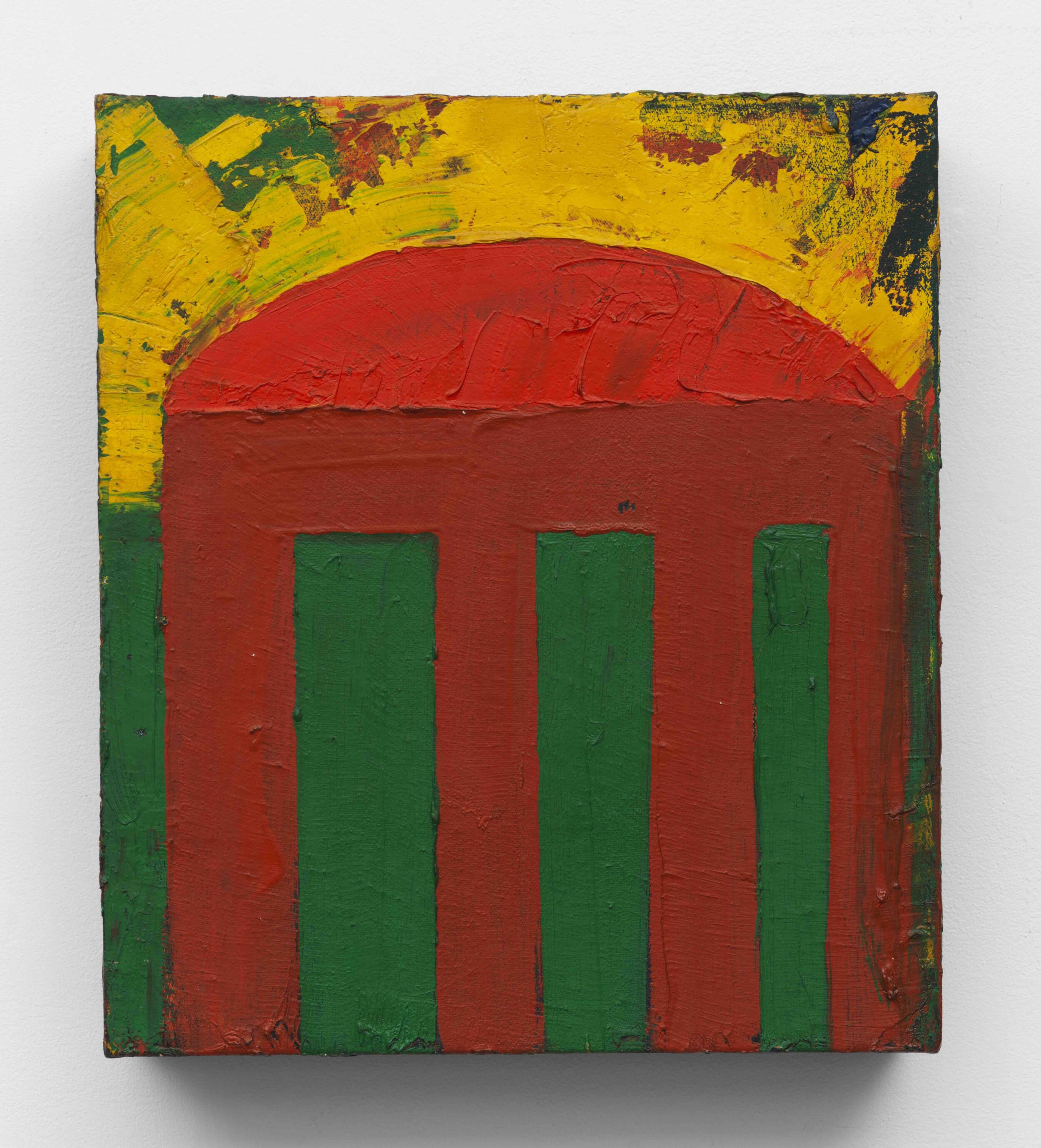
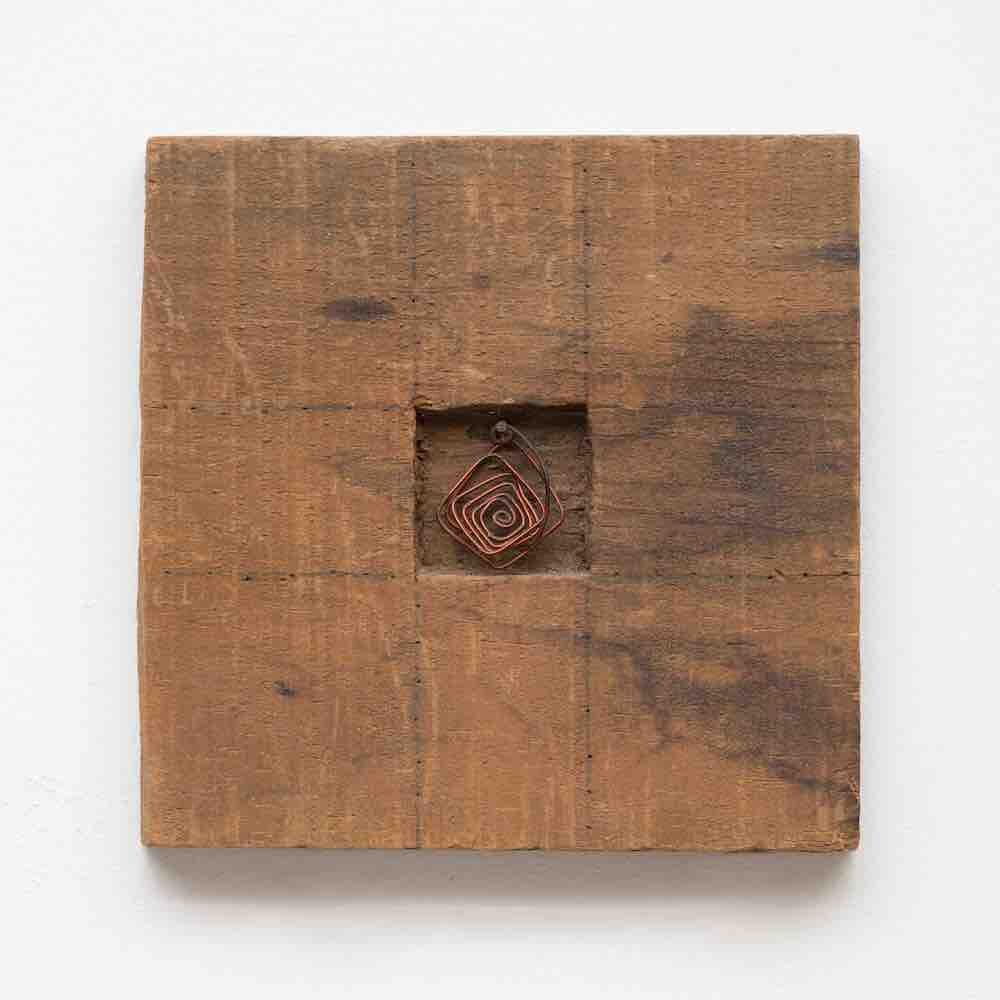

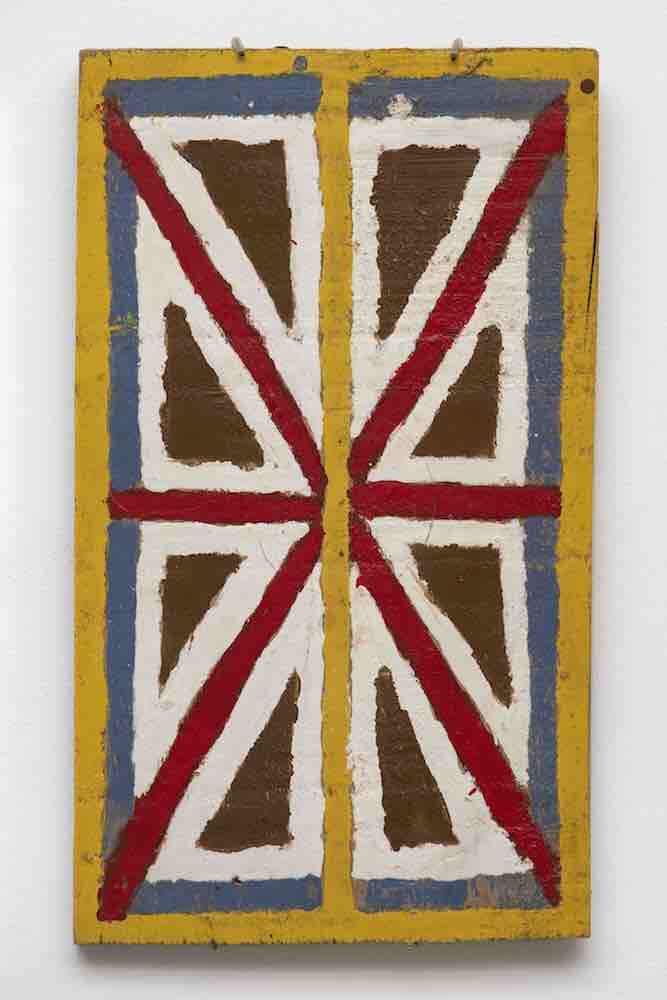

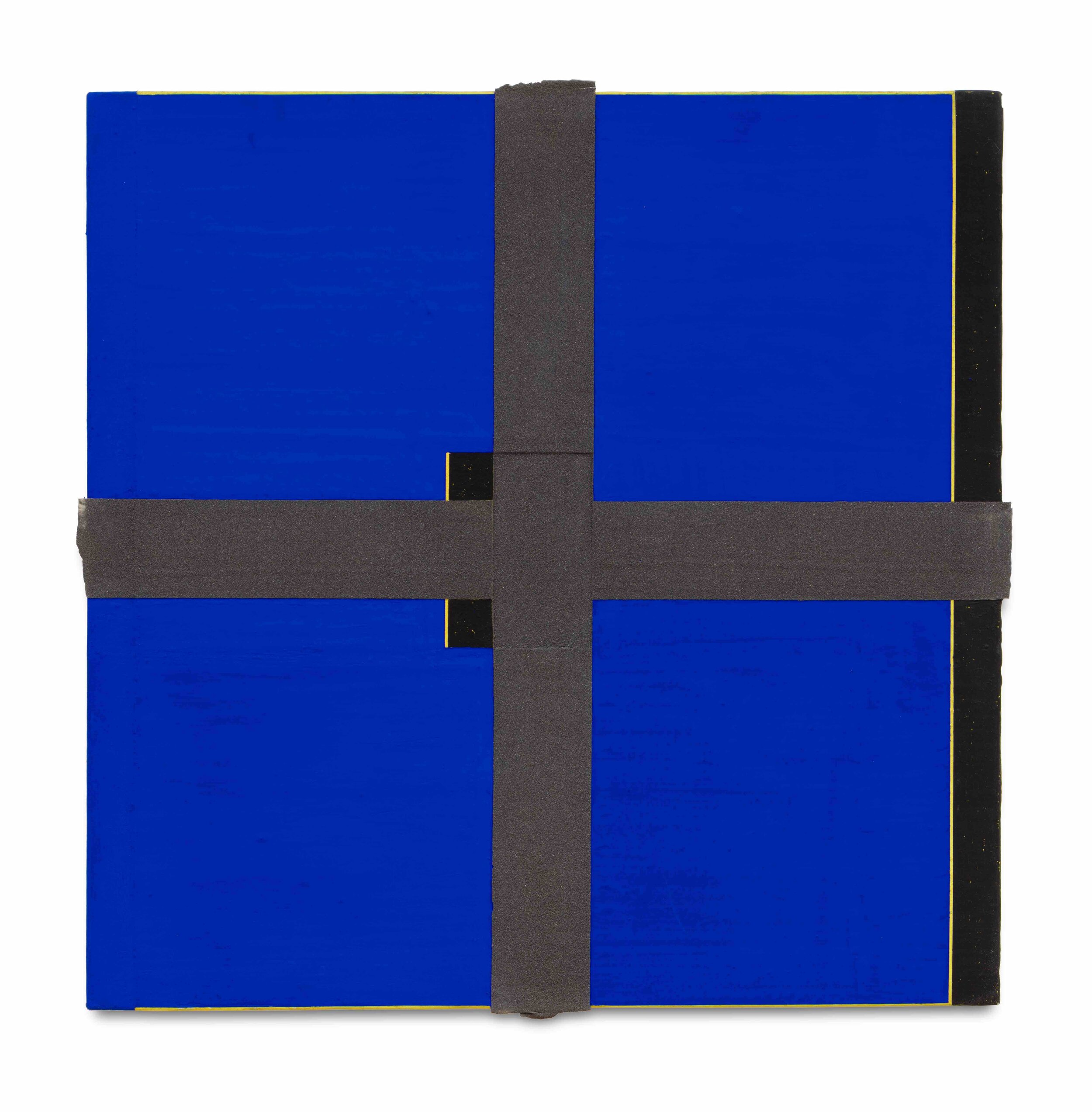
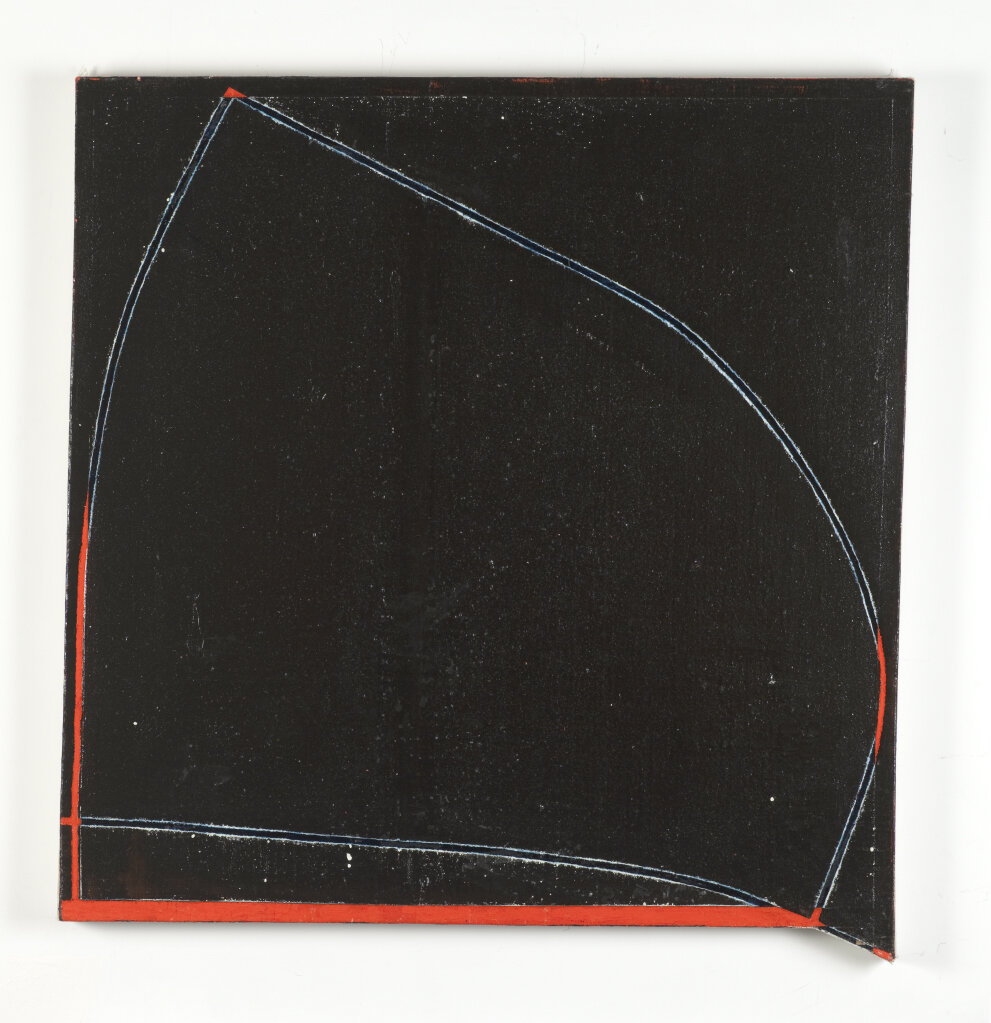
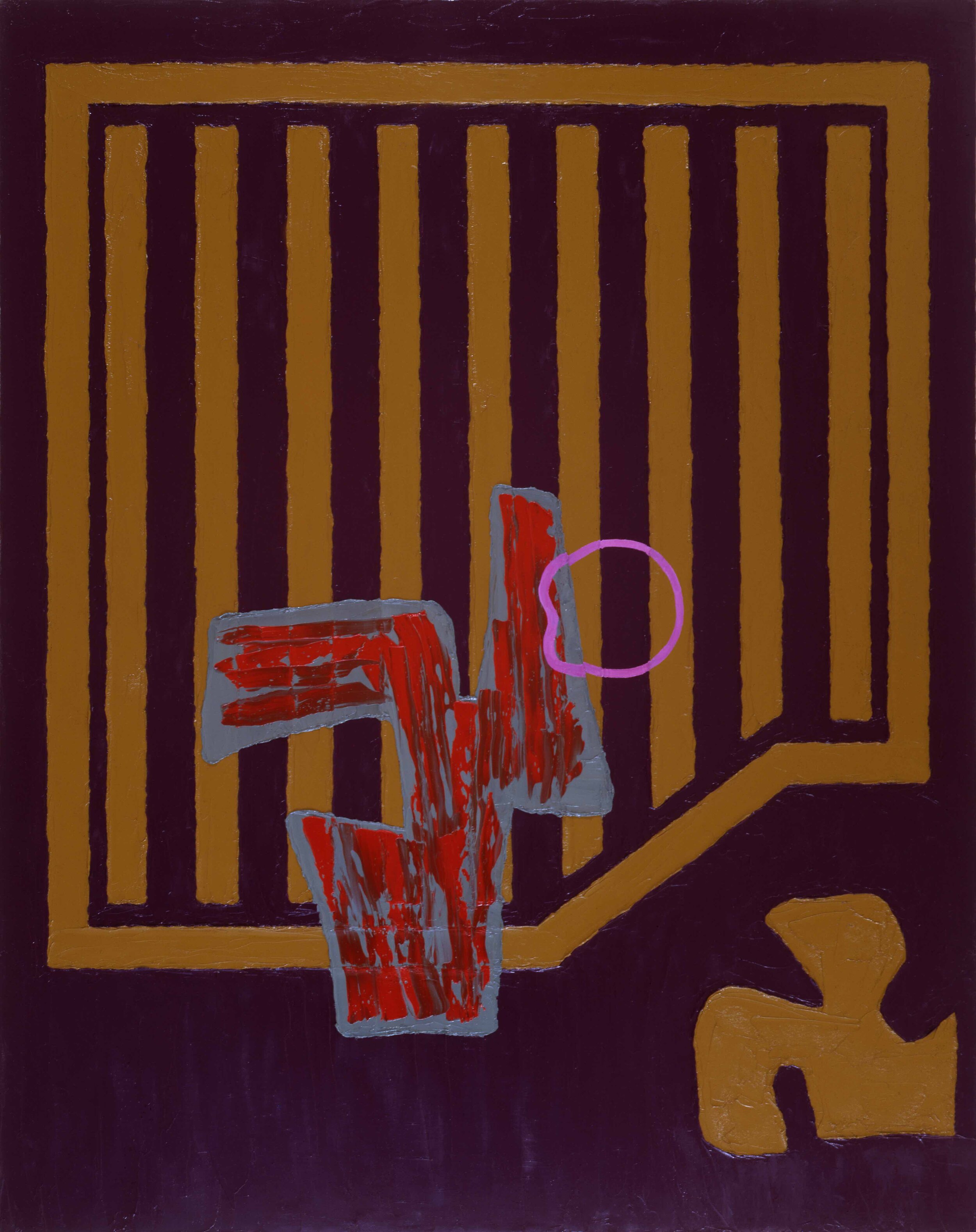
NEW YORK
The Phoenix and the Mountain: In-centric Abstraction in the 80s
curated by Choghakate Kazarian
May 13 - June 13, 2021
Regina Bogat
Lisa Beck
Emery Blagdon
Jonathan Lasker
Chris Martin
Thomas Nozkowski
Harvey Quaytman
Download Press Release / Preview PDF
Read the Brooklyn Rail review by Charles Schultz here.
Video Walkthrough with curator, Choghakate Kazarian
“I knew my life was about to change. The intensity of Al’s career and all its effects would be changing, leaving me to redefine myself and enter a new period in my life. I was facing this shift in my identity with trepidation and with hope,” said Regina Bogat (born 1928) about her series of paintings The Phoenix and the Mountain, realized in 1980 when her husband, the painter Alfred Jensen, was dying. Somehow for her painting became a pilgrimage, of mourning and recreating herself, as symbolized by the phoenix: “I would have a renaissance in rising from the ashes of my past life.” Employing mythological references through geometric forms, Bogat built a new body of work, using abstraction to convey her own experience. These paintings draw on various spiritual elements, such as the Nazca lines Bogat saw in Peru or the Tibetan Buddhist monasteries located on almost inaccessible peaks, expressed in the triangles that dominate her series.
This exhibition gathers works made during the 1980s, a decade known for a return to painting defined mostly through gestural expressionism. The artists presented here, however, worked within a contained pictoriality, using geometric forms for their narrative, almost figurative, potential. A synchronic encounter of artists of different generations, at different stages of their lives and careers, the exhibition explores their use of geometric forms not as a goal but as a language, exploited for the forms’ denotative abilities, which breaks with the nonnarrative abstractness inherent to modernism. Distancing themselves from modernist abstraction as well as postmodernist irony, the artists presented here use poetical titles and abstract form to suggest potential scenarios legible in the composition without moving into figuration.
Jonathan Lasker (born 1948), whose paintings bear marks that interact with each other as if characters playing together, has commented, “I think of my paintings as being non-narrative, yet discursive.” In Deep Purple (1984), included in the show, Lasker broke the mystical undertone of abstraction with references to pop culture. “During this period, I was going back and forth from figuration to abstraction. The issue was whether the figure was going to be abstract or referential; eventually the figure became an abstract ‘figure of speech,’ so to speak.” Similarly, Thomas Nozkowski (1944–2019) created dynamic interactions between various shapes in his small in-centric abstractions.
Harvey Quaytman (1937–2002), also featured in the exhibition, paid meticulous attention to shape and texture, as expressed in his work Tip through a slowly enameled surface. The ex-centric shape at the bottom right of the canvas introduces not only movement but also a narrative excursion. During the 1980s the artist abandoned his lifelong exploration of the curve for the square and cross, as in Hotel Regina Revisited, II. The protruding edges of the collaged cross made of ground glass breaks the purity of the square. In contrast, Lisa Beck’s (born 1958) cosmic abstract language is made of ethereal spheres interlocking into each other to create paintings that she conceives as “imaginative fiction.” Her effulgent circles act as models for monadic interpretations of different worlds infused with psychedelic visual culture.
Emery Blagdon (1907–1986) was a self-taught artist who worked on one changing installation from the late 1950s until his death in 1986. The paintings presented here are portions of his immense Healing Machine, envisioned to channel energies in order to alleviate illness. Not conceived as pictures per se, the paintings of symmetrical lines were intended as batteries to enhance the curative powers of the machine. Fascinated by Alfred Jensen’s impastoed and tightly ordered geometric forms, Chris Martin (born 1954) has explored abstraction in an eclectic body of work that encompasses mystical references with elements of pop culture. As with Nozkowski and Blagdon, Martin chose a small canvas for his work Temple as a method of concentrating energies. The show brings together artists of different backgrounds whose works are not an attempt at abstracting from the world but instead employ abstract forms for a thickened experience of it.
Choghakate Kazarian is a curator and art historian. She was formerly a curator at the Musée d’Art Moderne de Paris and taught at the École du Louvre. She has curated exhibitions on artists such as Lucio Fontana, Piero Manzoni, Karel Appel, and Henry Darger, and she has edited various exhibition catalogues and published on postwar art, outsider art, Marcel Duchamp, and Louis Michel Eilshemius. She is editor-at-large at the Brooklyn Rail and is a ph.d. candidate at the Courtauld Institute of Art, where she is writing a dissertation on Albert Pinkham Ryder.
